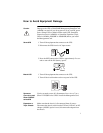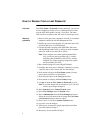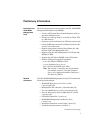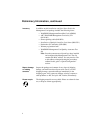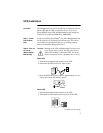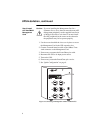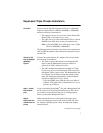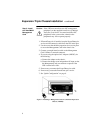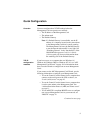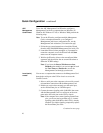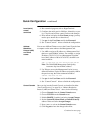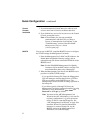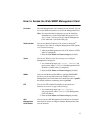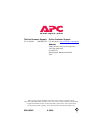
12
Quick Configuration
continued
Control
Console,
continued
7. If you disconnected a PowerChute
plus
cable for local
access to the Control Console, reconnect that cable.
8. If you disabled any service for local access to the Control
Console, restart that service.
Note:
If PowerChute
plus
does not reestablish
communications with the UPS, see “How to
Correct a Communication Lost Problem” in the
“Troubleshooting” section of the
Web/SNMP
Management Card User’s Guide
(
.\doc\usrguide.pdf
).
BOOTP
You can use an RFC951-compliant BOOTP server to configure
the TCP/IP settings the Management Card needs.
1. Enter the Management Card’s MAC and IP addresses, the
Subnet Mask and Default Gateway settings, and an
optional Bootup File Name in the
BOOTPTAB
file of the
BOOTP server.
Note:
See the Web/SNMP Management Card Quality
Assurance slip for the MAC address; see Step 2 for
more information about using a Bootup file.
2. When the Management Card reboots, the BOOTP server
provides it with the TCP/IP settings.
– If you specified a Bootup File Name, the Management
Card will attempt to transfer that file from a TFTP or
FTP server residing on the BOOTP server. The
Management Card will assume all settings specified in
the bootup file.
– If you did not specify a Bootup File Name, the
Management Card can be configured remotely by using
Telnet or by using Web interface:
User Name
and
Password
are both
apc
, by default.
Note:
You must use the APC Management Card
Wizard or the APC initialization (
*.ini
) text file-
to-binary configuration (
*.cfg
) file conversion
utility,
i2c300
, to create the Bootup file. See
“APC Management Card Wizard” on page 10 to
install the Wizard. For detailed information
about how to create a Bootup file, see the
BOOTP section in the Management Card
Addendum
(
.\doc\addendum.pdf
).



